Welcome to St Mary’s
We are a community of faith where we find peace in God’s presence and strength to face life’s trials through love and prayer
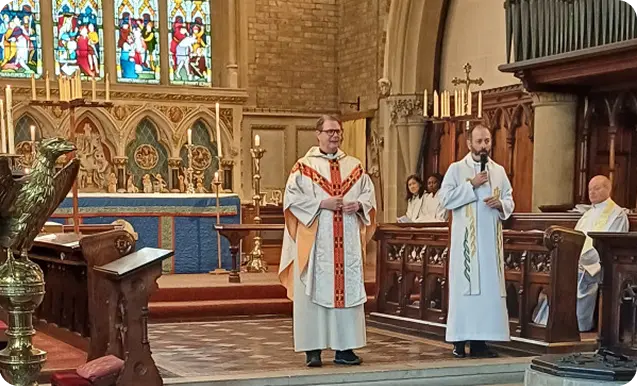
Explore our history
A church dedicated to St Mary has existed on this site from at least 1231. [It is not dedicated just to ‘St Mary’ but to ‘St Mary of the visitation’ – i.e. the Virgin Mary’s visit to her cousin Elizabeth (Luke 1.39)]. The names of the Rectors of St Mary’s are displayed on a board in the church: the first one shown is ‘Walter’.The original church was rebuilt and altered several times over the centuries. Acton’s parish church was the scene of turbulence in 1642 at the onset of the English Civil War, when it was…
Our values
At St Mary’s, our life together is shaped by three core values that express who we are and what we are called to be. These values guide our worship, our welcome, and our work in the wider community. They remind us that faith is at the heart of our life with God, hospitality is the way we share God’s love with others, and hope is the vision that carries us forward as we seek a just and flourishing future for Acton and beyond.
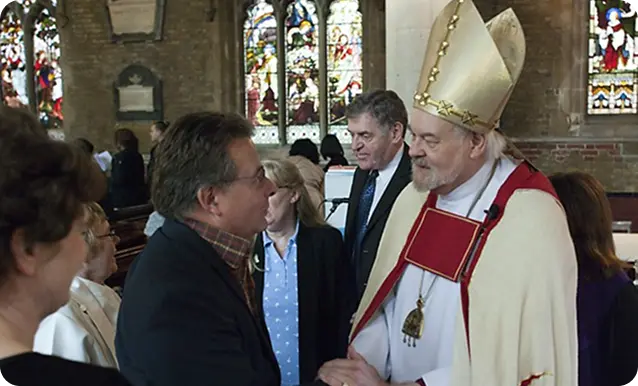
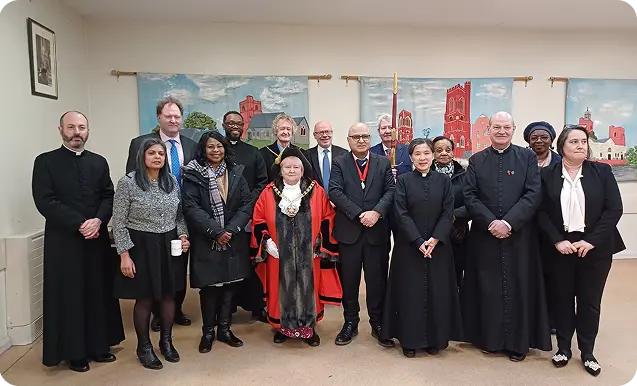
Who’s who
St Mary’s is a place of faith, welcome, and reflection, rooted in tradition but open to all. We celebrate community, creativity, and compassion in everything we do. Whether you come to worship, connect, or simply pause, you are always welcome here. Together, we seek to build a more just and hopeful world. Whether you come to worship, connect, or simply pause, you are always welcome here. Together, we seek to build a more just and hopeful world.
Governance
St Mary’s is part of the Church of England and is led locally by its clergy and the Parochial Church Council (PCC). The PCC is made up of elected members of the congregation, together with churchwardens and clergy, who share responsibility for the mission and ministry of the parish. The PCC looks after the practical and spiritual wellbeing of the church, including oversight of worship, safeguarding, finance, buildings, and community engagement.
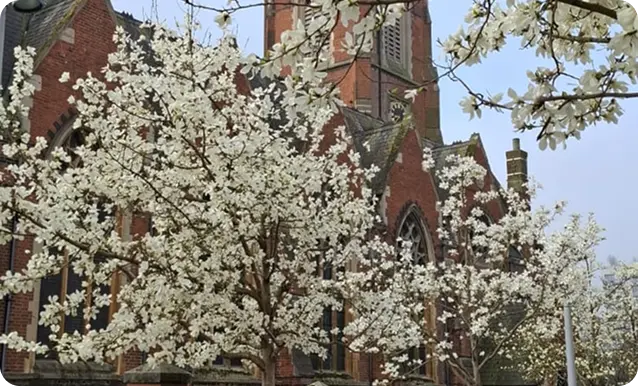
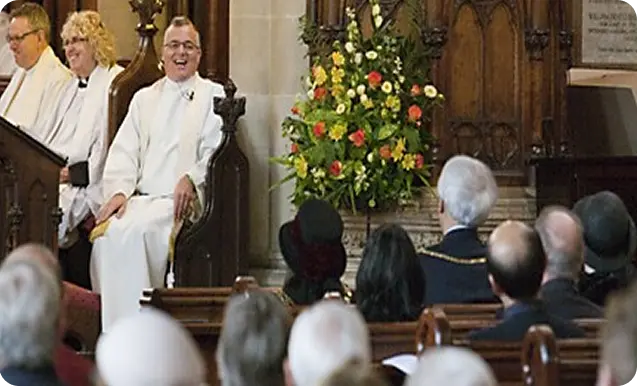
Safeguarding
At St Mary’s, we are committed to creating a church community where everyone feels safe, valued, and supported. Safeguarding is at the heart of our care for one another and is an essential part of our calling to live out the love of Christ. We believe that children, young people, and adults at risk should be able to participate fully in the life of the church without fear of harm or abuse.
Life at St Mary's
There’s always something happening at St Mary’s, from special services and community events to updates on our projects and partnerships. Explore our latest news to see how faith, hospitality, and hope are being lived out in our church and parish life today.
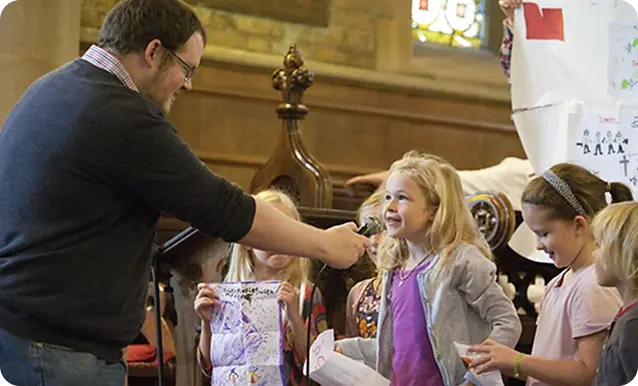
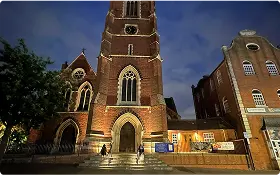
Venue hire
St Mary’s offers a beautiful and flexible space in the heart of Acton, available for concerts, community events, meetings, and celebrations. With excellent transport links, modern facilities, and a historic setting, our church is an ideal venue for gatherings both large and small. To find out more about availability, facilities, and booking, please get in touch with our office.
